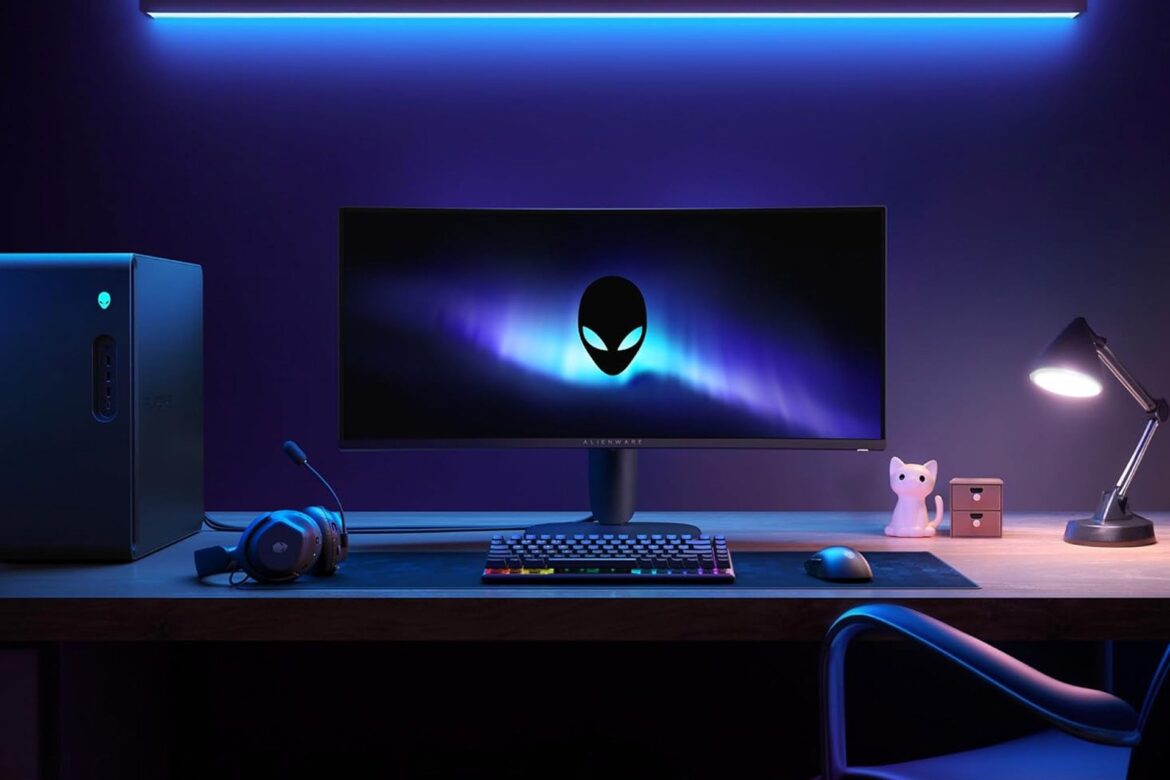The next Mario Bros. movie is out April 2026 and it still doesn’t have an official title. Unofficially, however, the titles has seemingly leaked thanks to recently registered domain names, and all signs point to a riff on Super Mario Galaxy.
Per Wario64, the domain name supermariogalaxy.movie was registered by NBCUniversal earlier this month, followed by supermariogalaxy-lefilm.com and supermariogalaxy-lapelicula.com on September 10. They redirect to Universal’s homepage and match up with the conventions used for the domains for the original Super Mario Bros. movie.
https://t.co/EHknBYD082 (Super Mario Galaxy film) domain also registered by NBC Universal on Sept 3rd.
For the first movie, Universal used https://t.co/kT7oaJCDzS for the movie’s website (now points to VOD/Disc links since it’s been out for years) https://t.co/q0zVL2LsAI pic.twitter.com/2uvjPnIwJQ
— Wario64 (@Wario64) September 11, 2025
This backs up a leak from months ago when a photo of labels featuring the title The Super Mario Galaxy Movie on Old Spice deodorant started making the rounds online. It wasn’t clear at the time if it was an elaborate fake or not, though the renders showing Yoshi and Luigi looked authentic. The latest information about the domain names suggests it was legit.
“Can’t believe that the Mario movie sequence was leaked by an Old Spice merch, of all things,” the YouTube account NintendoFan posted on X. “What a crazy timeline! I loved Yoshi’s look on that little can. Now it’s just a matter of waiting to see it in 4K.”
The Super Mario Bros. Movie ended with Bowser defeated and Mario and Luigi returning to their lives in Brooklyn while a post-credits sequent revealed a hatching Yoshi egg somewhere in the sewers. There weren’t any other strong leads on where the second movie would take things, but the apparent title suggests at the very least the gang is headed into space. Maybe to try and find a home for Yoshi?
2007’s Super Mario Galaxy for the Wii sees the plumber hopping from planet to planet in order to free magical stars for Rosalina’s ship, called the Comet Observatory, which got messed up by Bowser. The game features a star character, Lumalee, who already appeared in the first movie. At the same time, The Super Mario Bros. Movie was a reimagining of the series lore more than a remix of it, so The Super Mario Galaxy Movie will likely have its own twist on the elements of the game, if it borrows directly from them at all.
One last thing worth noting is that the Old Spice art showed a Tostarenan from Super Mario Odyssey hanging behind Luigi. So whatever Nintendo and Minions studio Illumination Entertainment are planning, it’s likely much bigger than any one Mario game. The second movie hits theaters on April 3, 2026.


